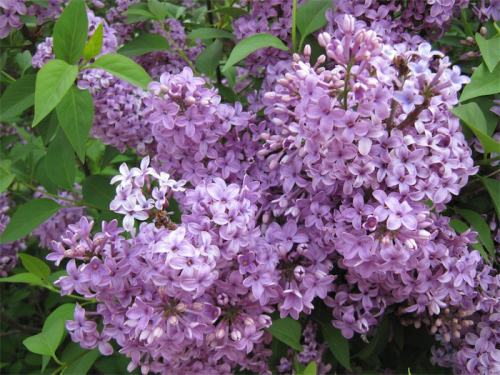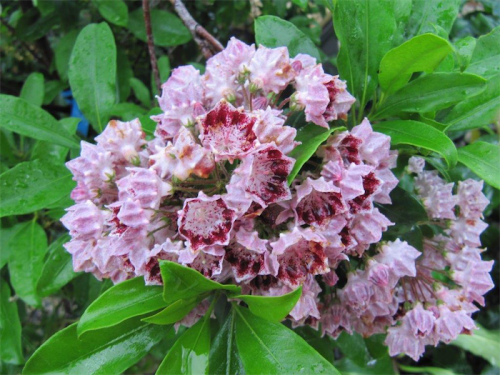
Syringa or lilac… flowering in a few weeks.
Well, here’s one very good example; when we owned a nursery in Yass some years ago a lady asked for “snow in summer”, so I showed her the plant Cerastium tomentosum, a ground cover.
“Obviously, you don’t know your plants; ‘snow in summer’ is a large native shrub!” came the smart comment.
“Quite right,” I replied. “Now, if we look at the labels, you will note that two plants have the same common name, one is Cerastium tomentosum and the other is your native plant Melaleuca linariifolia.”
“Well, I didn’t know that,” she replied indignantly. Had the customer asked for the botanical name there would have been no confusion.
WITH new plant discoveries from all parts of the globe arriving in Europe, the botanical naming of plants started with Swiss botanist Casper Bauhin (1560-1624), who devised a system of giving all plants just two names.
It didn’t really take effect until Swedish naturalist Carl Linnaeus (1707-1778) undertook the huge task of methodically classifying the whole living planet.
His university studies in medicine included botany, as plants played an important part of healing and still do. Linnaeus became interested in the whole world of animal, vegetable and mineral and refined the universally accepted, dual-name system with his book “Species Plantarum”, published in 1753.
This is acknowledged as the starting point of all nomenclature (naming) in nature. Linnaeus’ research was so thorough that we continue to use most of his names to this day. Even new plant discoveries or new plants developed use the Linnaeus principle.
NOT all plant names are Latin or Greek, but some recognise those who discovered the plants in the wild and introduced them to the western world. For example, Kalmia latifolia is named after Peter Kalm, a pupil of Linnaeus and latifolia meaning broad leafed; Syringa vulgaris, takes its name from syringa, in Greek meaning a tube, and vulgaris meaning common, and Pyrus salicifolia, the silver-leafed ornamental pear refers to the leaves as similar to the willow, whose botanical name is Salix.

Kalmia or mountain laurel… grows well in Canberra.
“Research has shown a link between contact with the soil, plants and nature and stress.
“When we garden our brains go into a restful mode, allowing us to become more resilient to stress and reducing the risk of depression and anxiety. Being outdoors exposes our skin to vitamin D, which is not only good for our bones but also reduces the risk of heart disease, asthma and cancer. More of those at risk of disease should be encouraged to garden.”
More details of Intelligent Health at intelligenthealth.co.uk
Jottings…
- Many shrubs will have finished flowering and it’s an ideal time to prune the dead flowers. A rule of thumb is: reduce shrubs by one third and with native plants not to exceed this amount.
- Aphids love not only rosebuds but new growth on Japanese maples. Multicrop Long Life 20 Pyrethrum is an effective organic spray that will see them off for 20 days. If it rains, a follow-up application will be required.
- Don’t prune deciduous trees until the end of this month as the sap will pour out and the wound will not heal (callous over) quickly. Borers can gain easy access to wounds.
The post Gardening / What’s in a (complicated) name? appeared first on Canberra CityNews.